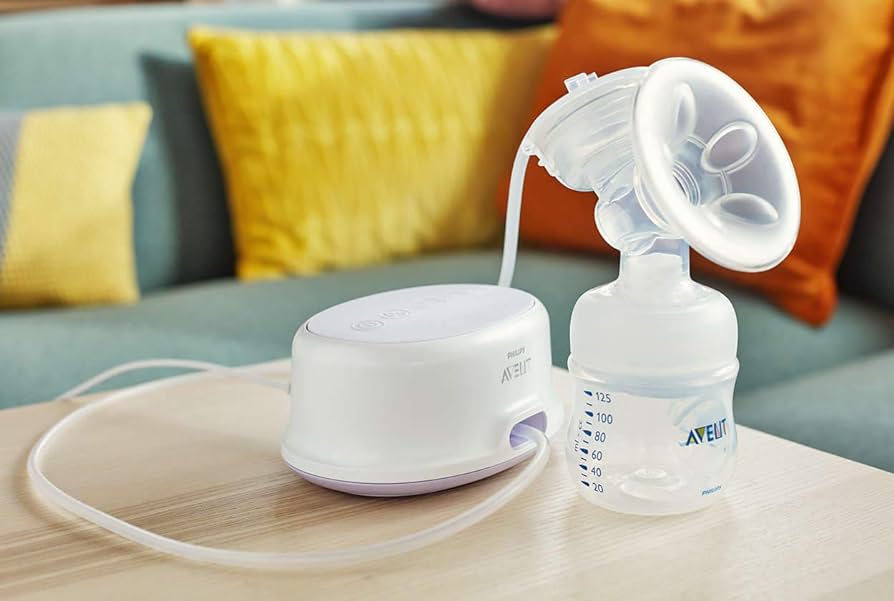The Comprehensive Guide to Breast Pumps: Choosing the Right One for Your Needs
Introduction: What Are Breast Pumps?
Breast pumps are essential tools for new mothers who wish to express milk for their babies. They come in various types, including manual, electric, and battery-operated models. These devices allow mothers to manage milk production, relieve engorgement, and provide breast milk even when away from their baby. Understanding the different types of breast pumps and their features can help in selecting the right one to suit individual needs and lifestyles.
Manual Breast Pumps: The Classic Choice
Manual breast pumps are operated by hand, requiring the user to squeeze a handle to create suction. They are typically compact, lightweight, and portable, making them a great option for occasional use. Manual pumps are often praised for their simplicity and affordability. They don’t require batteries or electricity, which is ideal for mothers on the go or those who travel frequently. However, using a manual pump can be time-consuming and may require more effort compared to electric models. They are generally recommended for mothers who need to pump infrequently and want a cost-effective solution.
Electric Breast Pumps: Efficiency and Convenience
Electric breast pumps are designed for regular use and provide greater efficiency compared to manual pumps. These pumps use an electric motor to create suction, allowing for hands-free operation. Electric pumps are available in single and double versions. A single electric pump allows for pumping from one breast at a time, while a double pump lets mothers express milk from both breasts simultaneously, which can save time and increase milk supply. Many electric pumps come with adjustable suction settings and a range of accessories such as storage bottles and cooling packs. Although they are more expensive and require access to electricity or batteries, their efficiency and convenience make them a popular choice for mothers who pump frequently.
Choosing the Right Breast Pump: Factors to Consider
When selecting a breast pump, several factors should be considered to ensure it meets your needs. First, assess how often you plan to use the pump. For occasional use, a manual pump may be sufficient, whereas a regular pumping schedule may benefit from an electric pump. Consider the comfort and fit of the pump’s breast shield, as this affects the effectiveness and comfort of milk expression. Noise levels and portability are also important factors—electric pumps can be noisy, while manual pumps offer quiet operation. Additionally, check for features like ease of cleaning, durability, and included accessories. By evaluating these aspects, you can choose a breast pump that aligns with your lifestyle and preferences, ensuring a positive breastfeeding experience.beste borstkolf

